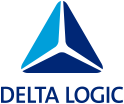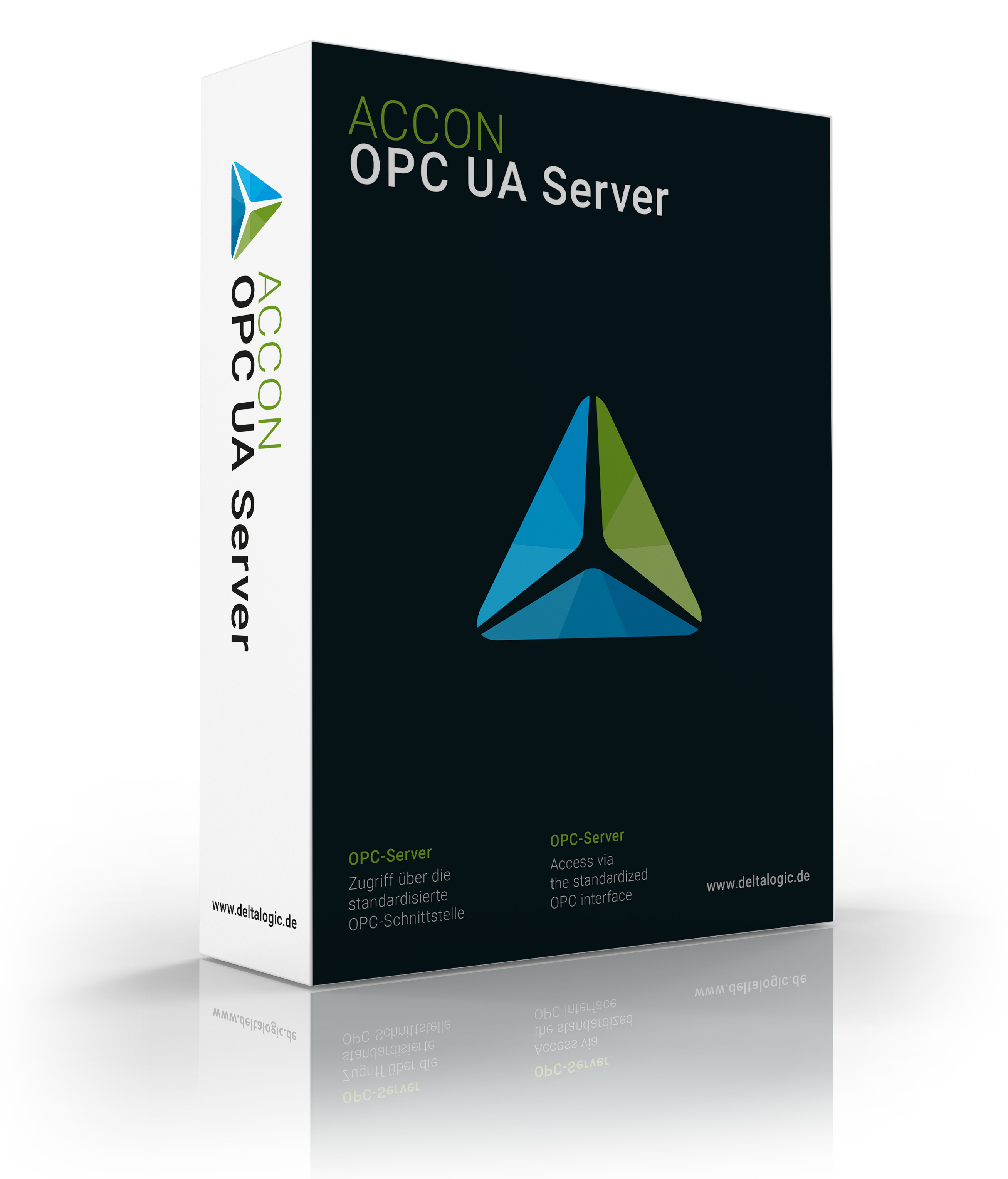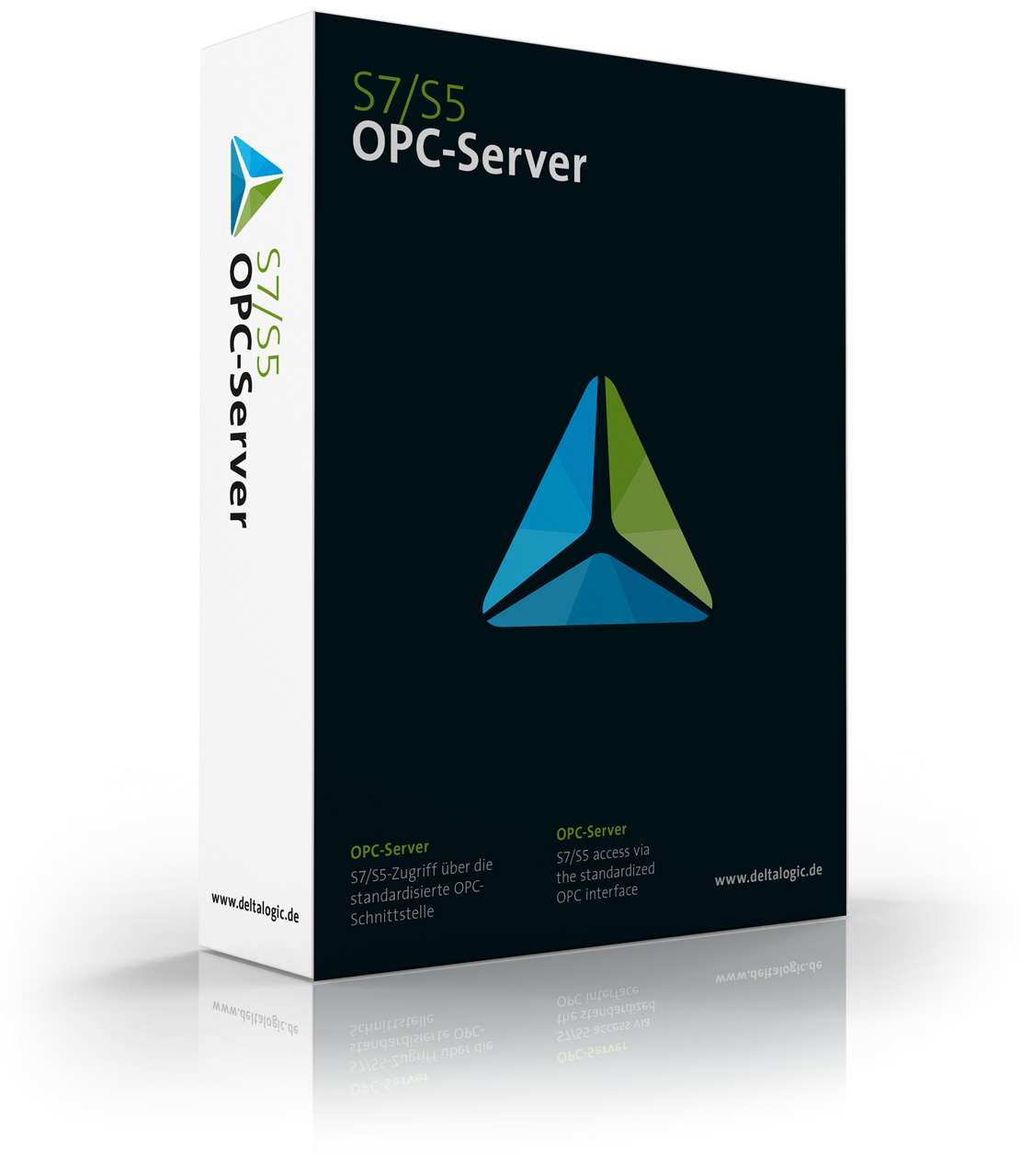What is OPC UA and what does it stand for?
25. March 2024 – Know-How

OPC UA vs. OPC Classic - What's the difference?
The OPC standard is defined by the OPC Foundation and updated according to developments and requirements. There are various protocols that have been defined here. This is due on the one hand to the different areas and on the other hand to the changing circumstances. The two best-known standards are OPC UA and OPC DA, also known as OPC Classic.
OPC DA (Data Access) is the older of the two standards and was published in 1996. The specification for transferring real-time values is based on DCOM and is therefore Windows-based. A security-related change by Microsoft to the DCOM interface in March 2023 may affect the connectivity of OPC Classic components. It is therefore advisable to switch to the newer standard if possible.
OPC UA (Unified Architecture) is the newer and probably most widely used standard. It was published in 2006 and the current version is 1.04. OPC UA enables platform-independent exchange with SOA and, in contrast to OPC DA, offers significantly more features. It is therefore better to use OPC UA, especially in the area of security.
What do I need for OPC communication?
Communication via OPC is based on the client-server principle. This has the great advantage that an OPC client only needs to know the interface defined in the standard and does not require any manufacturer-specific information for data access, e.g. to the data of an S7 PLC or a SINUMERIK controller. The OPC server takes care of this instead. The server handles communication with the individual components in the manufacturer-specific manner and converts this data into OPC-understandable data.

For OPC communication, you therefore need a suitable OPC server, which supports communication with the controllers you use, for example, and a client with which you can access the data. Many products already offer integrated interfaces for OPC UA. It is important that both client and server are designed for the same OPC standard, e.g. both for OPC UA.
How does OPC UA work?
OPC UA defines a fixed interface between client and server. This means that communication via OPC UA can be compared to a software API. As the server takes care of all the proprietary details, the client does not need to know them. In addition to methods, the OPC standard also defines other helpful elements such as tags, nodes, profiles and NodeSets. The various OPC standards may differ in the methods and elements offered. Therefore, always ensure that the client and server support the same standard.


